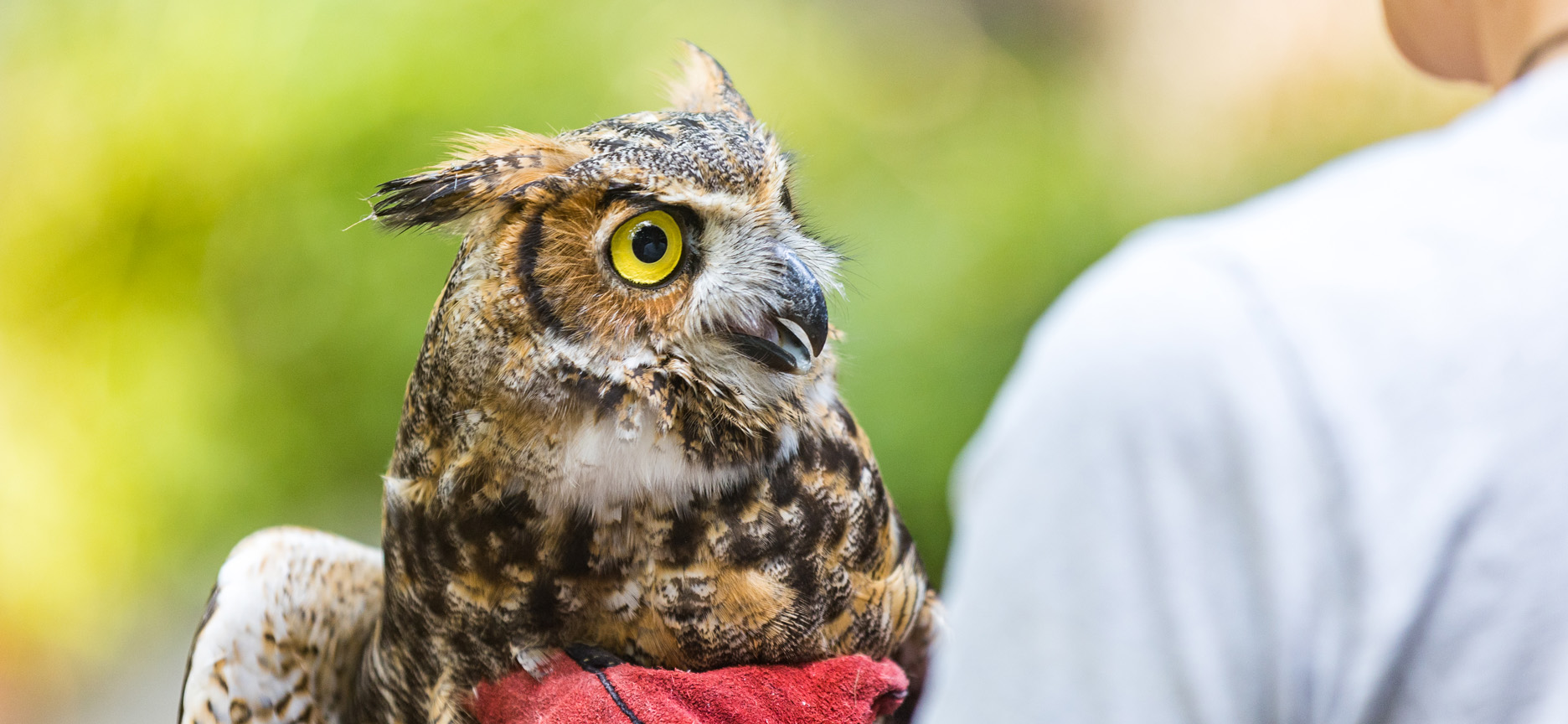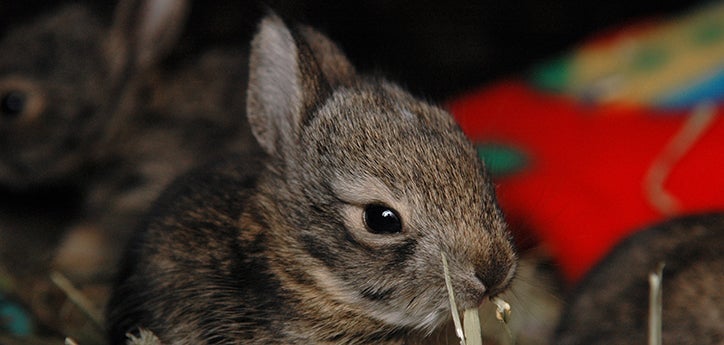The Value of Burlington Animal Control for Neighborhood Health and Safety
Wiki Article
The Duty of Humane Wild Animals Removal in Protecting Local Ecosystems
Humane wild animals elimination is not merely an honest consideration however a pivotal element in protecting neighborhood communities. By focusing on non-lethal methods, it deals with the fragile equilibrium in between human expansion and wild animals environment conservation. This strategy not just mitigates disputes however additionally makes certain the sustainability of biodiversity. Yet, the performance of these approaches warrants even more exam, specifically in city settings where human-wildlife interactions are significantly complicated. As we contemplate the ramifications of our approaches and their effect on ecological harmony, one must question exactly how these methods can be enhanced to promote an extra symbiotic connection with nature.Recognizing Human-Wildlife Disputes
Human-wildlife problems usually occur when the natural environments of animals converge with human tasks, causing competitors for sources and room. As urbanization and farming growth proceed to encroach upon wild animals territories, animals such as prairie wolves, deer, and raccoons discover themselves in closer proximity to human populaces. This proximity can cause detrimental impacts on both wild animals and humans, as animals may trigger damage to crops, framework, and personal effects while human beings might accidentally hurt wildlife with environment destruction and other anthropogenic pressures.The complexity of these disputes comes from a selection of aspects. Changes in land use, environment change, and the fragmentation of communities typically force wildlife to adjust to brand-new atmospheres, sometimes leading them into industrial or property locations. Additionally, the accessibility of human-generated food resources, such as garbage and pet dog food, can attract wildlife to human negotiations, worsening communications and potential disputes.
Addressing human-wildlife disputes calls for a nuanced understanding of pet habits, ecological dynamics, and socio-economic considerations. By researching these policymakers, conservationists and interactions can establish strategies that aim to minimize disputes while protecting biodiversity and keeping eco-friendly equilibrium. The objective is to cultivate conjunction and decrease adverse impacts on both human neighborhoods and wildlife populations.
Significance of Non-Lethal Approaches
Non-lethal approaches of wild animals removal personify this values by offering remedies that protect against damage to wild animals while attending to human problems. By using such methods, we can manage wild animals communications without resorting to deadly measures, consequently preserving animal populations and reducing moral issues associated with murder.These methods often confirm more effective in the long term, as removing individual animals can develop a void that is swiftly loaded by various other members of the varieties or various species altogether. This can lead to a cycle of ongoing removal efforts, whereas non-lethal deterrents resolve the origin creates of wild animals existence.
Furthermore, non-lethal methods foster conjunction by educating the general public regarding wild animals actions and motivating unified living practices. This recognition can cause a lot more lasting human-wildlife interactions, inevitably protecting both community passions and animal welfare.
Benefits for Biodiversity
When non-lethal wild animals removal approaches are utilized, they add substantially to biodiversity preservation. By making sure the secure moving of pets as opposed to their elimination, these methods keep ecological balance and protect the stability of communities. Gentle techniques reduce disturbances to neighborhood fauna, permitting native varieties to flourish. This conservation is critical as each types plays an unique function, typically as pollinators, killers, or prey, which jointly maintain ecological community functionality.
Additionally, these methods cultivate conjunction between human beings and wildlife, decreasing negative interactions and preserving the abundant tapestry of life that characterizes biodiverse areas. This strategy motivates a deeper understanding and respect for wildlife, promoting community assistance for conservation initiatives. Eventually, humane wildlife removal is an important part in securing biodiversity, guaranteeing communities remain vibrant and practical for future generations.
Strategies for Effective Removal
Applying effective approaches for gentle wildlife elimination requires an extensive understanding of pet behavior and habitat needs. This expertise works as the foundation for creating methods that guarantee the risk-free and ethical moving of wildlife. One main strategy includes carrying out complete assessments of the afflicted location to recognize the varieties present and the details challenges they present. This analysis helps in creating customized strategies that minimize stress and anxiety and damage to the pets.One more crucial technique is employing exclusion techniques, which concentrate on securing entrance indicate avoid animals from returning to structures. This method not just resolves the instant concern yet additionally offers as a lasting option, lowering future problems between people and wild animals. The usage of safe deterrents and repellents can urge animals to abandon areas willingly, complementing other removal initiatives.
Capture and moving must constantly be a last option, utilized only when pets posture a direct danger or are incapable to leave on their own. In such instances, making use of humane traps and making certain the release of pets in appropriate habitats are vital to see this page securing their welfare. Cooperation with wildlife experts and adherence to legal laws even more boost the efficiency of these strategies.

Encouraging Conjunction in Urban Areas
Promoting conjunction in city areas calls for a complex method that balances human growth with the demands of regional see here wild animals. As urbanization proceeds to increase, it is vital to carry out approaches that alleviate human-wildlife disputes while preserving biodiversity. Urban policymakers and coordinators must incorporate environment-friendly areas, such as parks and wildlife corridors, into city styles to give habitats for native species. These areas not just sustain wild animals yet additionally enhance the top quality of metropolitan life by enhancing air top quality and offering recreational spaces for residents.Education and awareness campaigns are vital in promoting a culture of conjunction. Residents require to comprehend the value of wildlife and the function they play in local communities. Workshops and informational sessions can outfit areas with understanding on exactly how to lessen conflicts, such as protecting trash and using gentle deterrents to stop wild animals intrusion.
Additionally, innovation can play a significant role in promoting conjunction. Making use of you can try this out wild animals tracking systems, as an example, can aid track animal activities and notify urban planning decisions. Cooperations between ecological organizations, city governments, and area groups can better strengthen these initiatives, making sure that urban growth progresses sustainably while valuing the environmental balance.
Final Thought
Humane wild animals elimination is essential for maintaining ecological balance and biodiversity by utilizing non-lethal techniques that decrease damage to pet populaces. Inevitably, advertising conjunction in city locations promotes an unified partnership in between human beings and the all-natural environment, ensuring sustainable communities for future generations.As urbanization and agricultural growth proceed to intrude upon wildlife territories, animals such as prairie wolves, raccoons, and deer discover themselves in closer distance to human populations. Non-lethal methods of wild animals elimination personify this values by supplying services that prevent injury to wildlife while resolving human problems. By employing such techniques, we can manage wildlife communications without resorting to deadly steps, thus preserving animal populaces and lowering honest issues connected with killing.
Executing effective strategies for gentle wildlife elimination needs a comprehensive understanding of pet habits and habitat requirements.Humane wildlife elimination is essential for preserving ecological equilibrium and biodiversity by employing non-lethal techniques that lower harm to pet populations.
Report this wiki page